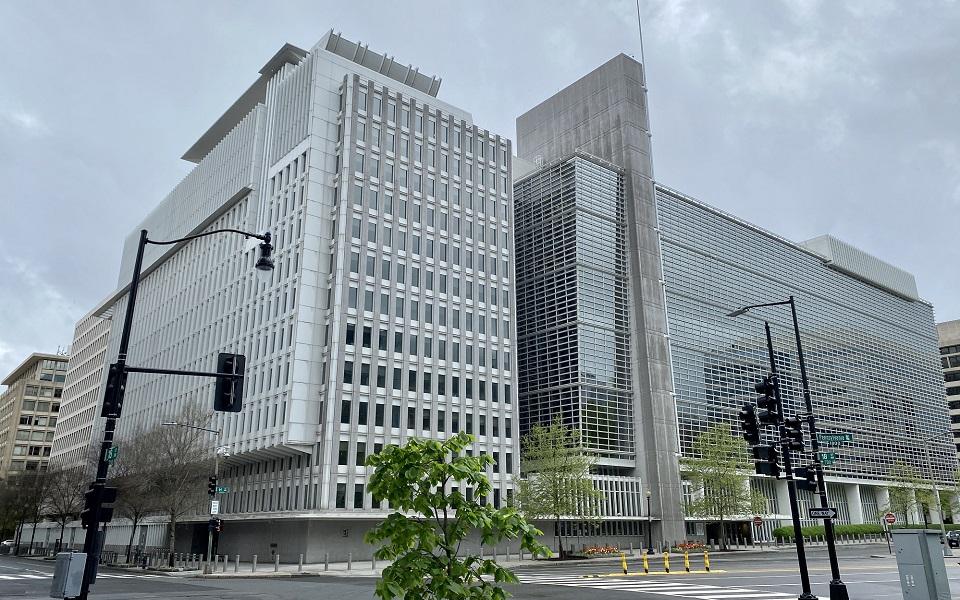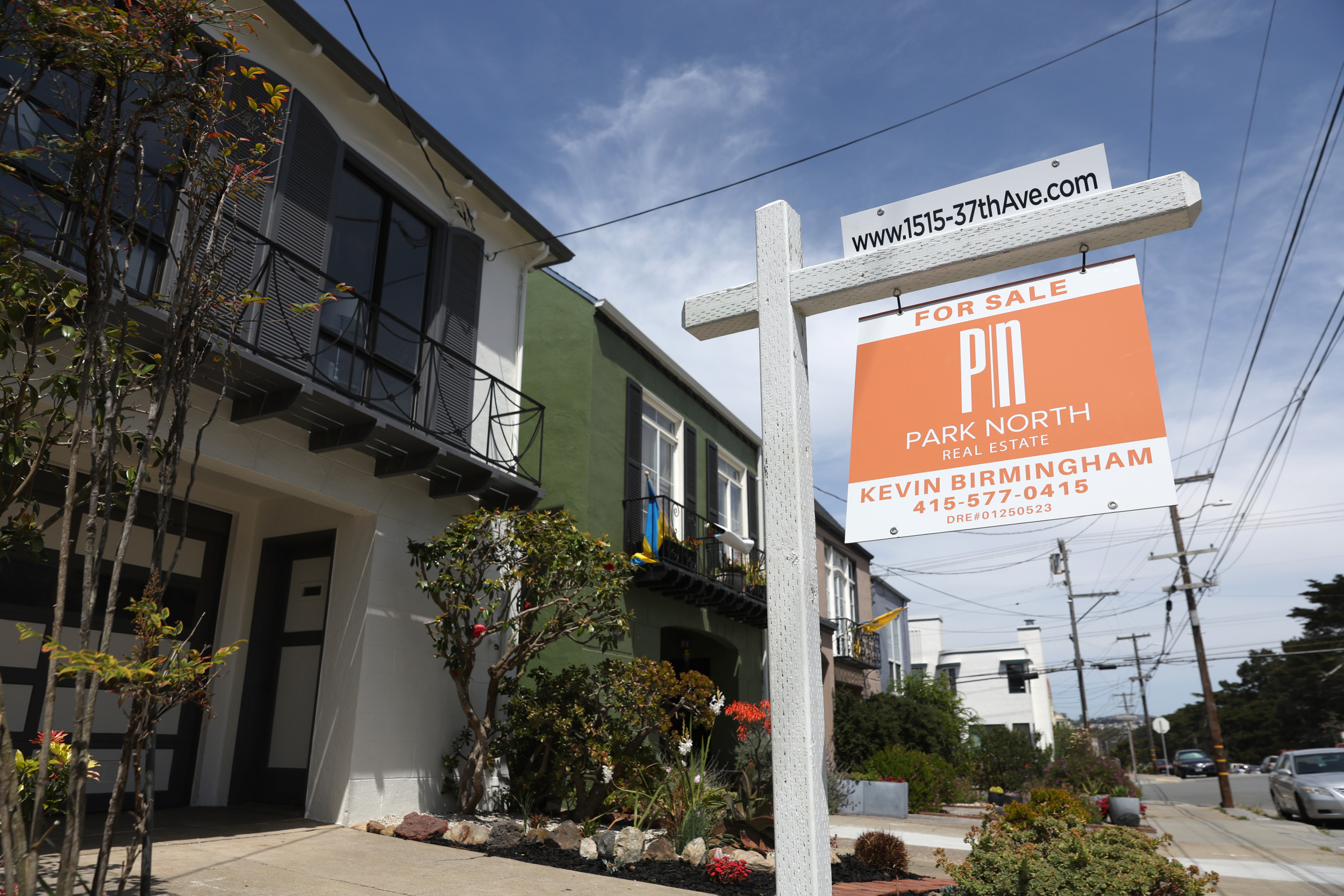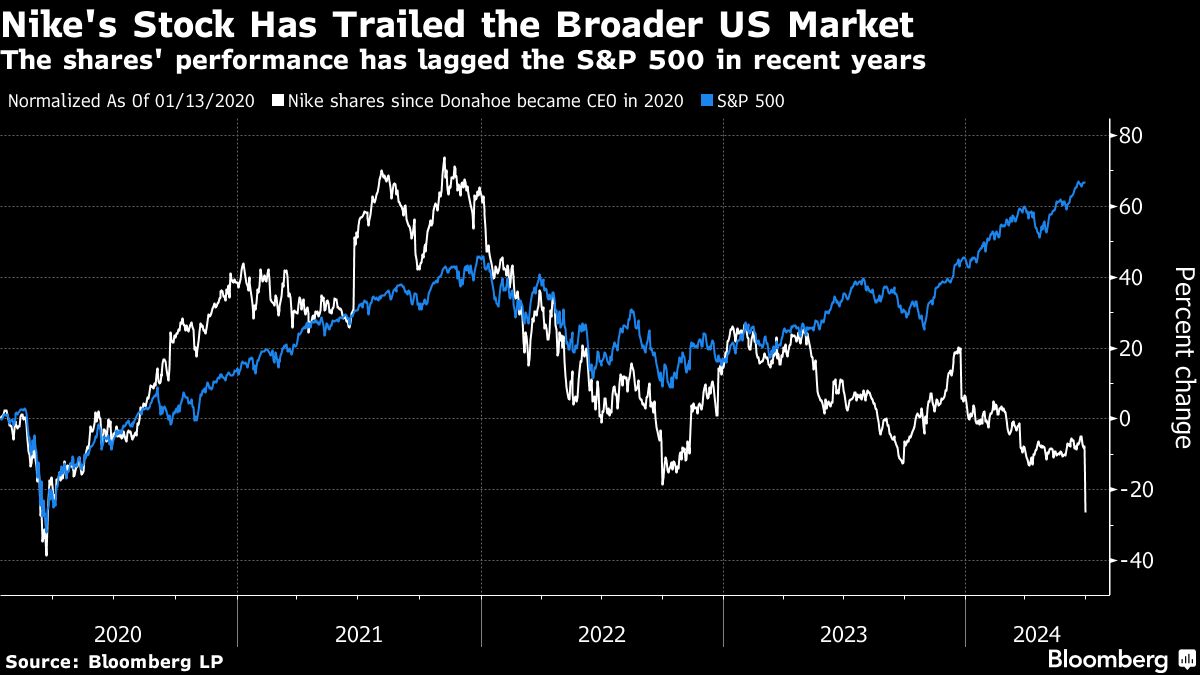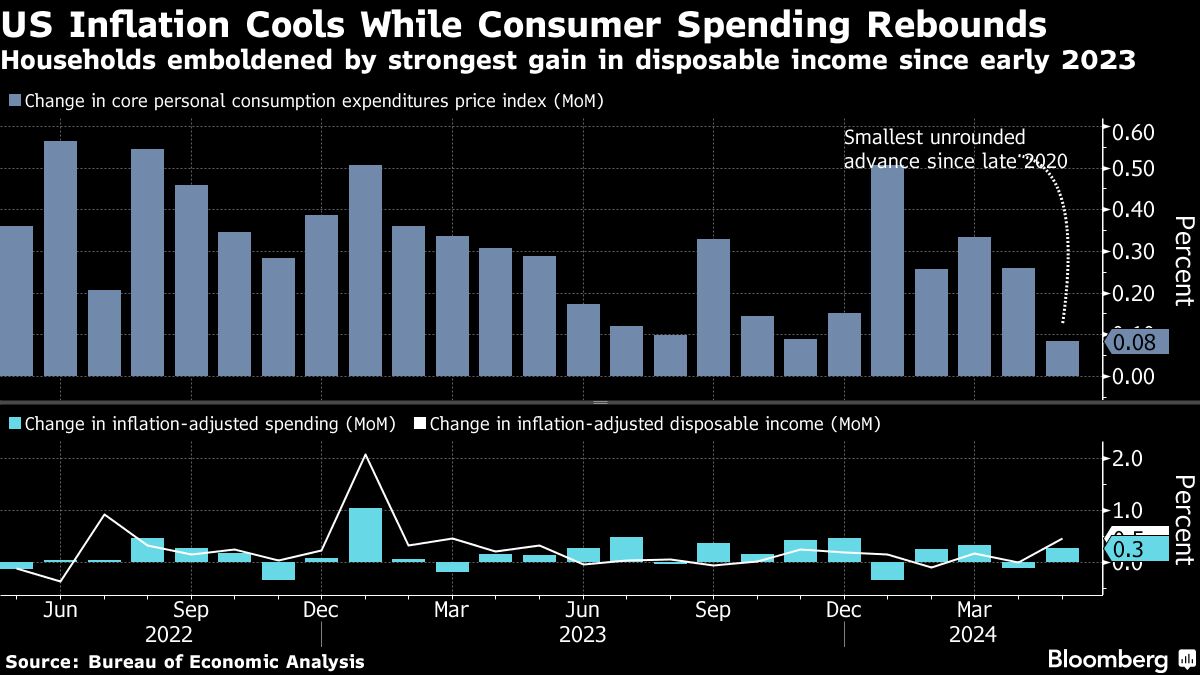
CURRENT MORTGAGE AND REFINANCE RATES IN WISCONSIN
Current Wisconsin Mortgage Rates
As of Tuesday, June 17, the average rate on a 30-year fixed-rate mortgage in Wisconsin is 6.52%, according to Zillow data. This is lower than the national average of 6.57%. The average rate on a 15-year fixed-rate mortgage in Wisconsin is 5.97%, which is near the national average of 6.79%.
Interest rates in Wisconsin have trended slightly upward in the past week. The average rates on 30-year and 15-year loans are up 0.02% and 0.10%, respectively, from the previous week. Rates on other loan types, including government loans, remained stable.
Refinance Mortgage Rates in Wisconsin
Mortgage refinance rates in Wisconsin are higher than purchase rates. The average refinance rate as of June 17 is at 7.97% for 30-year fixed-rate loans and 6.88% for 15-year fixed refinance loans. Given today’s high rates, mortgage refinancing may not make sense for many borrowers, especially if their goal is to save on interest.
Vault’s Viewpoint: Wisconsin Mortgage Rates Trends in 2024
Today’s Wisconsin mortgage rates are considerably higher than they were just a few years ago, making some people hesitant to purchase homes. However, they’re considerably lower today than they were at their highest point throughout the past year.
It’s impossible to know for certain which direction interest rates will move. There’s some speculation that the Federal Reserve might cut interest rates toward the end of 2024, but they may remain high until that happens.
Mortgage Options Available in Wisconsin
Wisconsin homebuyers have several mortgage types to choose from, each of which comes with its own benefits, borrower requirements and average interest rates. Be sure to explore all of your options before applying for a loan to ensure you’re choosing the best mortgage for your unique situation.
Conventional Loan
A conventional loan is the most popular type of mortgage and is ideal for most borrowers. It requires a credit score of at least 620 and a debt-to-income ratio of no more than 45%. Conventional loans require down payments of at least 3% but may require private mortgage insurance (PMI) for a down payment of less than 20%. Most conventional loans are also conforming loans, meaning they’re subject to the conforming loan limits.
FHA Loan
An FHA loan, backed by the Federal Housing Administration in the Department of Housing and Urban Development, is best suited for borrowers with low credit scores. These loans require credit scores as low as 500. You can have a down payment as low as 10% with a credit score as low as 500 or 3.5% with a credit score as low as 580. FHA loans require both upfront and annual mortgage insurance premiums (MIP), similar to the PMI required on conventional loans.
VA Loan
A VA loan, backed by the Department of Veterans Affairs, is a mortgage type available to military veterans and current service members. VA loans have no minimum credit score, though individual lenders can set their own requirements. Most require a score of at least 620. Additionally, VA loans don’t require down payments or mortgage insurance.
USDA Loan
A USDA loan, backed by the Department of Agriculture, is designed for low and moderate-income borrowers in rural areas. These loans are only available to borrowers with incomes no more than 115% of the area’s household median income. They can also only be used to purchase homes in eligible rural areas. Like VA loans, USDA loans require neither down payments nor mortgage insurance.
First-Time Home Buyer Programs Available in Wisconsin
First-time buyers in Wisconsin have access to a variety of programs to make homeownership easier and more accessible. The programs available to you may vary depending on your income, your credit score and where you’re located.
Here are some of the programs available:
- WHEDA Advantage Conventional: This program, offered by the Wisconsin Housing and Economic Development Authority, offers no-down-payment conventional loans for Wisconsin borrowers with incomes under the Total Household Compliance Income limit.
- WHEDA Advantage FHA: This program offers low-down-payment FHA loans for Wisconsin borrowers with incomes under the Total Household Compliance Income limit.
- WHEDA Easy Close DPA: This program offers a down payment loan ranging from $1,000 to 6% of the purchase price when used with a WHEDA loan with a 10-year repayment plan and interest rate that matches the first loan.
- WHEDA Capital Access DPA: This program offers a down payment loan of $7,500 with a 0% interest rate and no required monthly payments.
- Milwaukee Home Down Payment Assistance Program: This program offers grants of up to $5,000 for a down payment when purchasing within the City of Milwaukee, and up to $7,500 when purchasing within Milwaukee’s Community Development Block Grant Area. Household income limits apply.
- Home-Buy the American Dream: This program offers down payment and closing cost assistance of up to $35,000 for low and moderate-income borrowers who buy homes, condos or one-half duplexes within the City of Madison.
- Lender-Specific Programs: Some individual lenders offer assistance programs to help you cover your down payment and closing costs when buying a home. Location and credit score requirements often apply.
How to Find the Best Mortgage Rates in Wisconsin
As you’re preparing to buy a home, getting the lowest interest rate possible is essential. Here are a few ways to help you find the best mortgage rates and save money on your loan.
- Boost your credit score: Increasing your credit score is the single best way to get a lower mortgage rate. The higher your credit score, the better your interest rate, and a good score could easily save you tens of thousands of dollars on your loan.
- Shop around for lenders: Interest rates can vary significantly from lender to lender, even for the same borrower. While many lenders include their starting rates on their websites, you’ll get the most accurate quotes by getting prequalified to see a personalized rate based on your situation.
- Compare lender fees: Don’t forget that interest isn’t the only cost that factors into your APR. In addition to interest rates, it’s important to compare lender fees to determine which loan will actually cost you the most, all things considered.
- Consider multiple loan types: While conventional loans are the most popular mortgage type, they don’t always offer the lowest interest rate, especially for borrowers on the lower end of the credit score spectrum. It’s worth exploring whether you could get a lower interest rate with a government-backed loan.
- Consider an ARM: An ARM — or adjustable rate mortgage — is a type of mortgage with an interest rate that fluctuates over time. While these loans have some risks and could result in higher costs in the future, they generally have lower starting interest rates than fixed-rate loans.
- Increase your down payment: Lenders generally offer lower interest rates to borrowers who make large down payments, especially 20% or higher. A large down payment gives you more stake in the property, which lowers your lender’s risk.
How To Pick a Mortgage Lender
When you’re ready to buy a home, choosing the best mortgage lender is one of the most important steps in taking out a loan. There are various types of lenders to choose from, including traditional banks, credit unions and online lenders. Each type of lender offers some key benefits.
The first step of choosing a mortgage lender is identifying exactly what you’re looking for. Decide the best loan type, loan term (such as 30-year versus 15-year), and interest rate type (fixed rate versus adjustable rate). Once you know what you’re looking for, narrowing down a list of lenders that fit the bill is easier.
Then, you can explore your options more thoroughly by comparing each lender’s interest rates and fees. To get the most accurate depiction of how much you’ll pay, apply for preapproval with a handful of lenders. Each one will provide you with a Loan Estimate that discloses an estimated interest rate and loan fees.
While loan costs aren’t necessarily the most important factor — or at least the only important factor — to consider when choosing a mortgage lender, it helps guide your final decision. However, it’s also important to consider each lender’s reputation, customer reviews, customer service options and other factors that can improve the borrowing experience.
Mortgage Statistics in Wisconsin
If you’re planning to buy a home in Wisconsin, it may be helpful to know a few recent statistics about mortgages in the state.
- There were 6,566 home sales in Wisconsin in May 2024, the highest number in nearly a year when they reached 7,055 in August 2023.
- The median home sale price in Wisconsin in May 2024 was $315,500, up nearly 5% from just the previous month.
- Homes in Wisconsin are most expensive in the South Central region of the state, where the median sale price in May 2024 was $369,250.
- The homeownership rate in Wisconsin was 69.2% in 2023, which was slightly higher than the national rate of 65.7% for the same period.
- FHA loans offer the lowest interest rates in Wisconsin, with a current average rate of 5.91% for 30-year loans and 5.46% for 15-year loans.
Frequently Asked Questions
How Much Will My Credit Score Impact My Mortgage and Refinance Options in Wisconsin?
Your credit score impacts your mortgage options in several key ways. First, your credit score determines the type of loan you’re eligible for. Certain loan types have minimum credit scores, and if your score is too low, you won’t qualify. Additionally, your credit score helps to determine your interest rate, which has a significant impact on your overall loan costs.
What Are the Best Mortgage Options for First-Time Homebuyers in Urban Centers Like Madison or Green Bay?
The best option for first-time homebuyers in Wisconsin’s rural areas depends on your financial situation. Wisconsin’s largest cities, including Milwaukee and Madison, offer down payment assistance programs for borrowers who meet certain income requirements.
These programs are usually available for all mortgage types, meaning you can choose the one that best fits your financial situation. Conventional loans, FHA loans and VA loans are all options in Wisconsin’s urban areas, but USDA loans aren’t since they must be used in rural areas.
When Were Mortgage Rates Last This High?
Mortgage rates reached their peak in October 2023 when the national average rate reached 7.79%. In June 2024, interest rates are slightly lower than they were in October. However, rates haven’t been as high as they have been over the past two years since the early to mid 2000s. They reached a peak of 8.64% in May 2000.
The post Current Mortgage and Refinance Rates in Wisconsin first appeared on Newsweek Vault.
2024-06-27T18:23:57Z dg43tfdfdgfd











